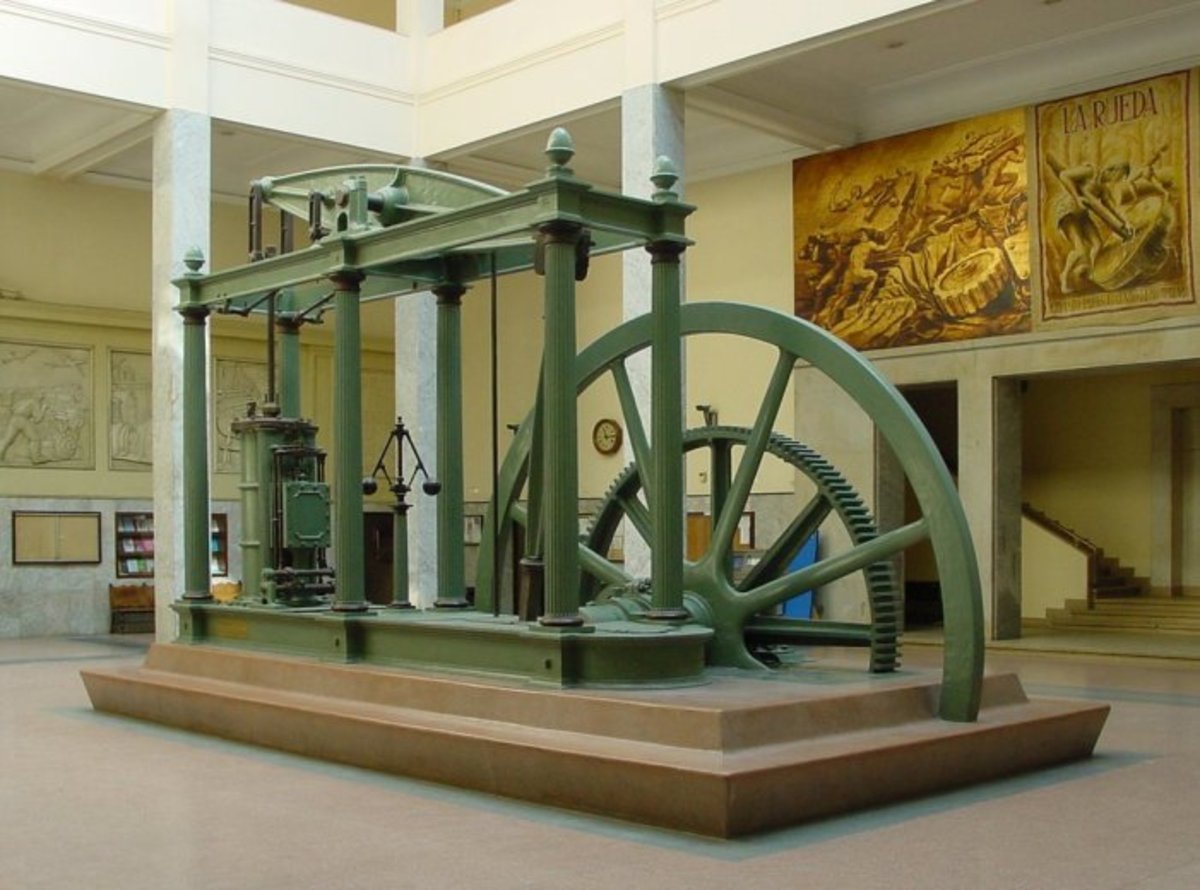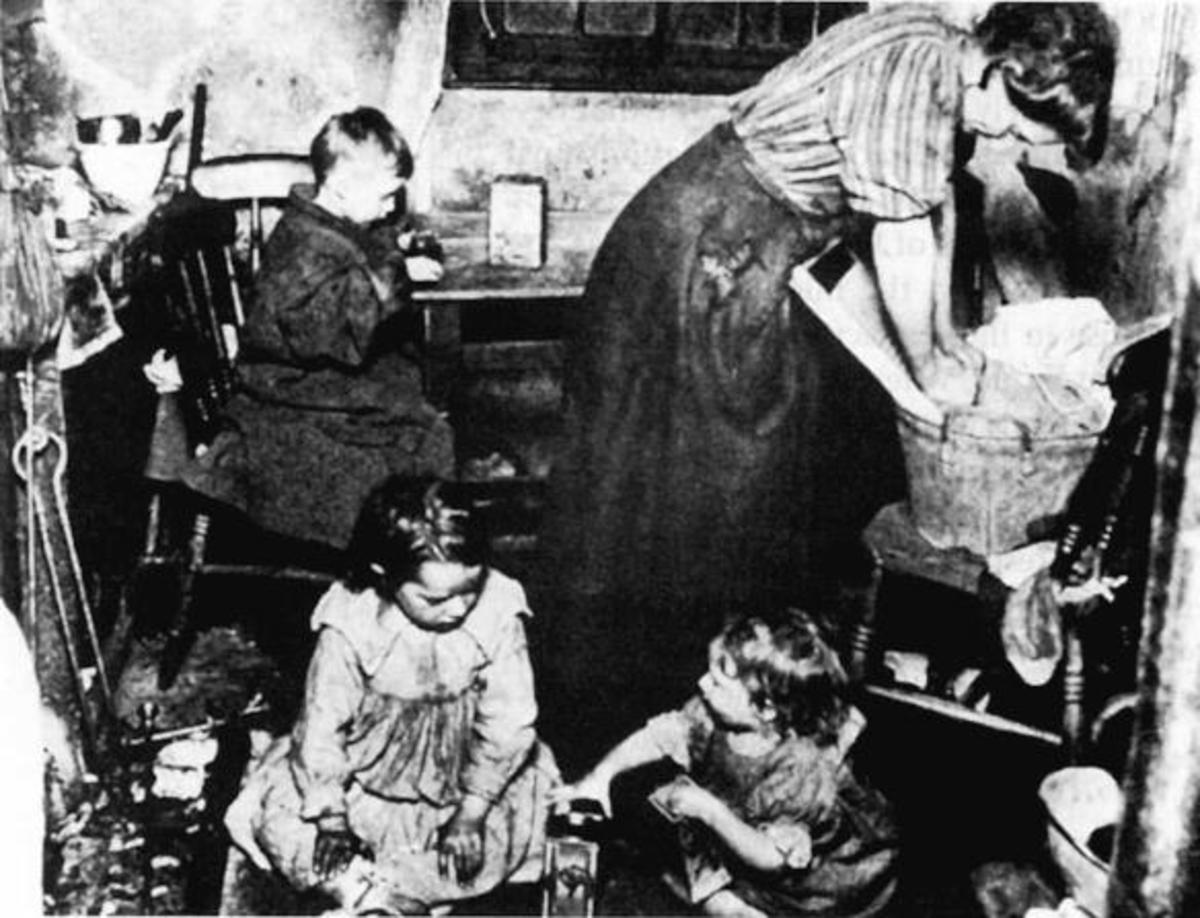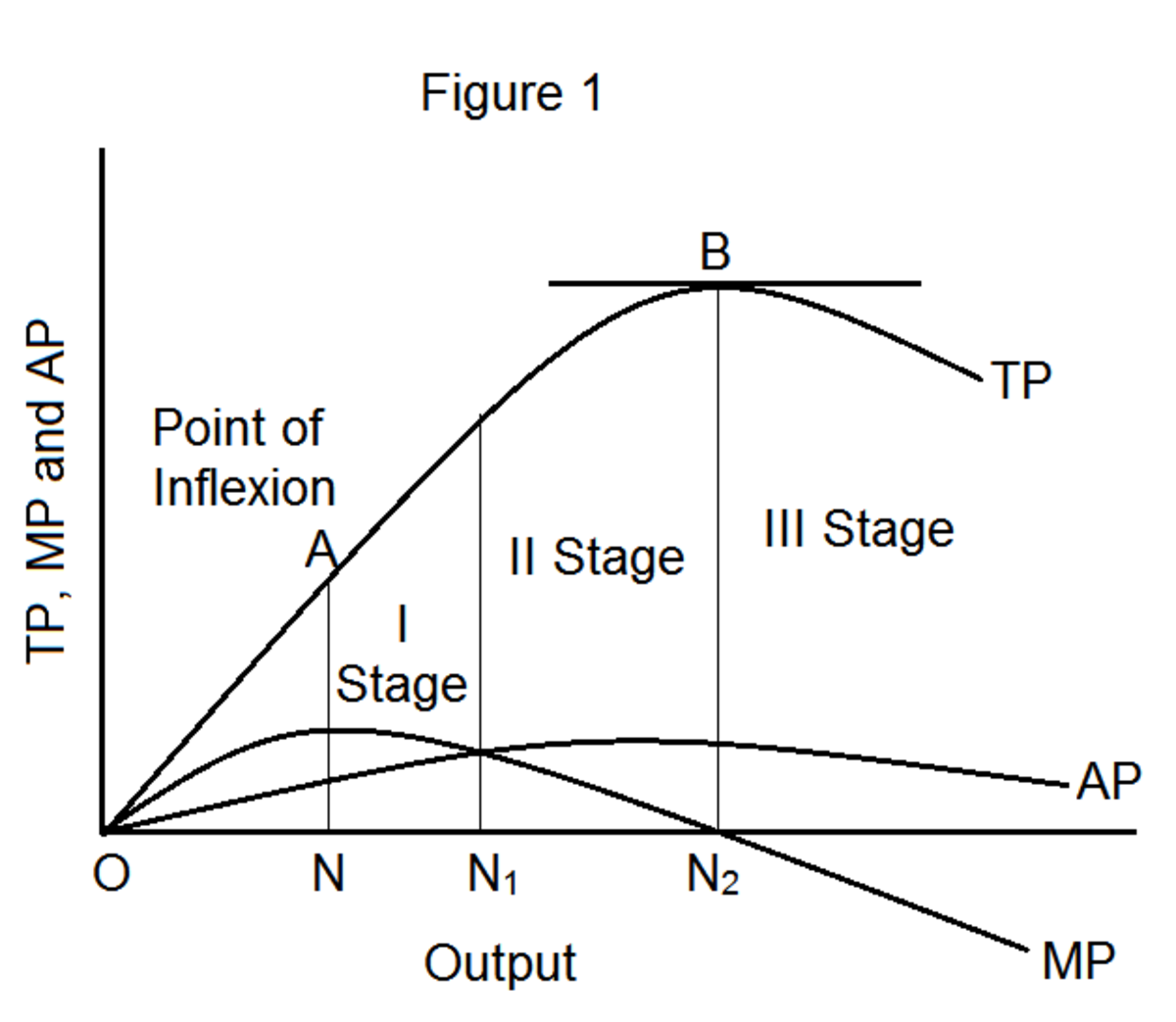The Imperial Capitalist & Neo-Feudalism/Industrial Feudalism
Hierarchical societies of the past and present
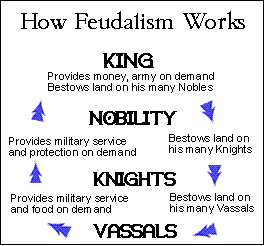
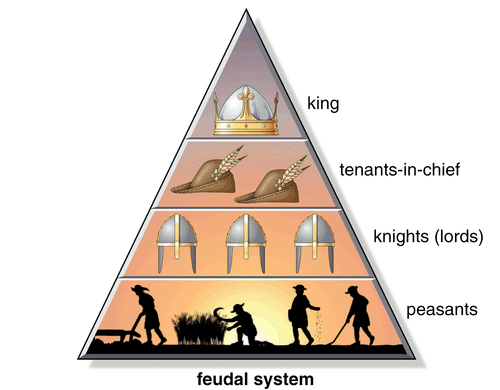
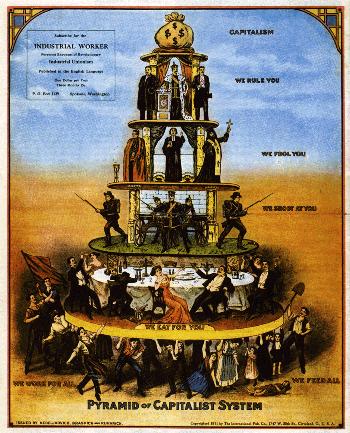
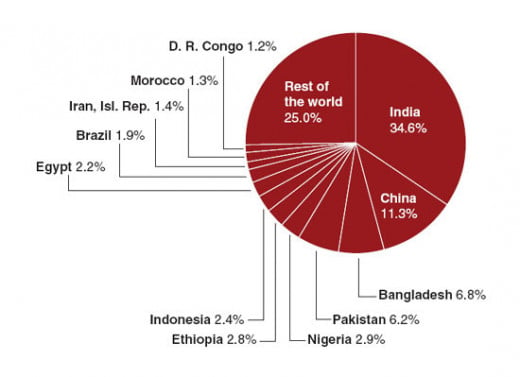
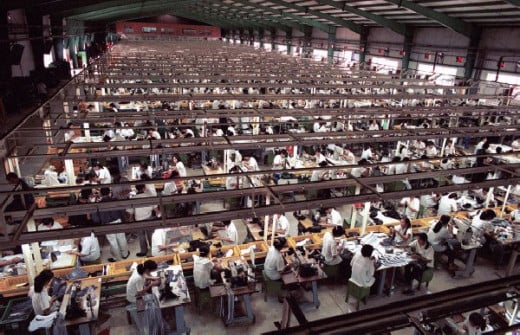
Progressiveness is Ending in Regression; Dialectics of History
It was the bourgeois revolutions that brought an end to the monarchist and church supported feudalism in the middle ages in England, France and spread the ideas to the fledgling US. During the medieval period, only a few had knowledge and were literate compared to most of the population that was unlearned, illiterate and worked as peasants or in family guilds. Ignorance and superstition among the masses was the norm. The modern period began with the enlightenment and is commonly held to have begun in the mid 15th century with such advances as the Gutenberg press and the Lutherian revolution. These two events began an increase in literacy in Germany that was to spread from their to the rest of Europe.
At the same time we can see the early beginnings of the industrial revolution with its accompanying relocation of peasants into the city from the country where they were driven out of due to the expansion of the woolen industry. The peasants found themselves in a new circumstance where they no longer had anything to sell but their labour and the industrial revolution offered something new in the way of mills and factories. Attended to these became an increasing demand for learning and literacy. As processes became more complex, greater learning was required. It is also true that society also became more complex in the manufacturing centers and specialized education became mandatory. The enlightenment progressed in this manner as more and more people obtained greater education. The era up to around the 1940s saw tremendous advances in all branches of science and technology and the need for more specialized and advanced learning. Advances in some areas are still growing exponentially and this is what is behind the downfall of educating the workers for other sectors that have relatively stabilized. As robots have increasingly taken over more manufacturing tasks, the less need there is for mass of workers to do jobs that formerly needed their skills. Fewer workers with less skills were needed. This is a reversal of a trend that existed prior to the 1940s. It is also a pattern that exists for the extent of the industrial revolution. With each advance, fewer workers could do the same job or more than large numbers prior to the advance.
This process of enlightenment and the need by the manufacturing sector reached its peak in the US during the 1960s. Since then, the industrial world for a complex of reasons, no longer required masses of educated people. Besides, well educated people also posed a threat to the existing and emerging order. A turn against higher education for the working people who ran the industrial machinery began right after. As machinery, robotics and computers advanced, the need for educated workers declined. The state, acting on behalf of industrialists began to apply austerity to the educational system. New students found increasingly that they could no longer get government grants for post secondary education and had to apply for a bank loan at interest instead. Many did not qualify and had to join the work force and take any available job. Standards in the public schools began to decline beginning in the 1960s and accelerated dramatically during the early 1980s. It has been downhill ever since and has been called the great dumbing down. This increase of ignorance has covered all aspects of education from math, writing to the sciences. On the other side, there was an increase in religious indoctrination. Instead of reasoning and enlightenment, there developed a trend toward faith and indoctrination.
From time to time, an analysis is made and certain facts turn up. The averaged level of educational prowess is now set at grade six level. Anyone attempting to enter college or university at this level, would fail to grasp the more complex requirements of that level of learning. This is another trend that demonstrates that the industrialist owner of the means of production no longer requires educated workers. Indeed, many don't require many workers any more. They do however need consumers to keep the profits rolling in. There is a dual process at work. Jobs are exported off shore to workers who are not educated beyond what is required in a sweat shop environment. Workers in the domestic sphere lose jobs and must find other work that still exists. A huge job export began in 2008 and continued through 2009. They wound up complete with factories in Asia where there are few controls of any kind. The industrialists are international in their scope, while they promote anti-immigrant attitudes and patriotism in the domestic sphere. As job income declines domestically, workers off-shore are still paid far less. Goods can be shipped from off-shore to almost anywhere and sold for much cheaper domestically. It takes little skill to buy foreign made goods. For electronics that are sophisticated beyond the understanding of most, it takes only a little learning to grasp the use of something like an iphone or ipad made in China.
Workers off-shore tend to make complex products on vast assembly lines in huge factories and do repetitive jobs for long shifts seven days a week. The workers live in dorms near the factory. They are not trained for multiple tasks, but remain in the same position for their working lives. Good working conditions, pay, safety and environmental controls are almost non-existent. That is what made the location so attractive for domestic industrialists, who pulled up stake and relocated to better industrial climes. All of these controls were eliminated when jobs left the domestic sphere for the foreign one. Given the current economic crisis and unemployment, few people can afford to go to college or university to upgrade their skill level in the domestic sphere. Those coming out of higher learning centers suddenly find themselves without work and a massive student loan debt they can't address. They could go to China, but the level of income is so low and the hours so long, they would have to work several lifetimes to pay off their student loans. Instead of going off-shore, which would cost plenty, they are forced instead into bankruptcy. It is impossible for a bank to foreclose on a higher education. The whole thing is a write off.
Considering where we have come from, what we have been, we now face the prospect of a neo-feudalist order in the advanced era of the 21st century. This was predicted by Daniel DeLeon late in the 19th century who called it industrial feudalism, where an ignorant mass of workers ran sophisticated manufacturing processes. There is no doubt that industrial feudalism exists in places like China's capitalist sector and draws its labour from peasants displaced from the land due to development, ironically of these self same manufacturing centers. The illiterate peasant goes straight from field to assembly line and is given just enough training to do a specific job. Being displaced from the land, they have nothing left to sell except their ability to labor and they do so in dirty, disgusting, dangerous jobs for long hours and very little pay. We have come full circle!
The imperial capitalist and the investments that is brought with him/her is bound in the foregoing description to be a recipe for maximizing profit. Cheaper goods are made and the consumerist cycle remains unbroken. A lot is risked in making such a move, but people in the domestic sphere who are ignorant of much of what is going on, creates a margin of safety. Emerging out of medieval feudalism we have gone a circuitous route and are arriving in a neo-feudalist age. Even the move to religion and away from science is a move away from knowledge toward faith and superstition. In an age of spectacular technological wonders, there is an emerging underclass of the illiterate and ignorant bred for one purpose and that is to consume.

